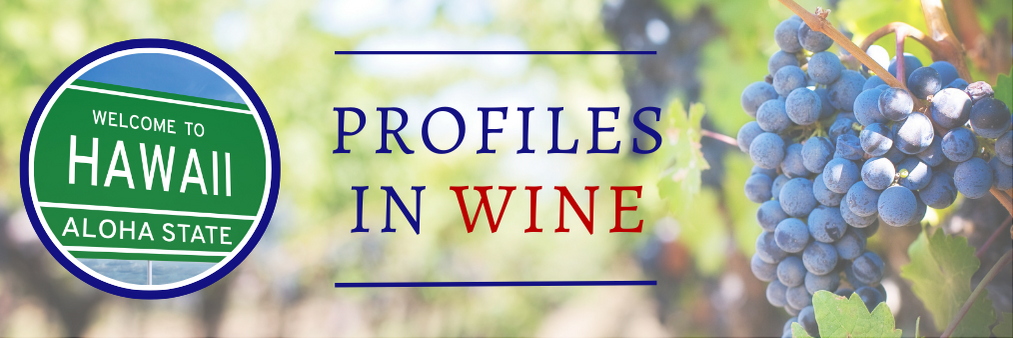Thanks to the Aloha State, we have direct interstate wine shipping in America today.
If you go back almost 40 years, to 1984, the U.S. Supreme Court’s Bacchus decision ruled that giving Hawaiian pineapple wine favorable treatment in terms of excise taxes would be unfair discrimination under the Commerce Clause. That same year, when wine coolers were a brand new product category, New York law had to be changed from allowing just New York wine coolers to be sold in grocery stores to letting all coolers on the shelves. And the same Bacchus nondiscriminatory principle was instrumental in the 2005 Granholm decision: If a state allowed its homegrown wineries to ship directly to in-state consumers, the same privilege must be granted to out-of-state wineries—or else no one ships. All or none.
Aloha, Hawaii!
Sparkling pineapple wine is still a major product category, and some other tropical fruits like guava, passion fruit, and papaya make their way into some blended wines, but there are some grape-based wines as well. The Symphony grape developed by UC Davis is the most common, joined by a Cornell creation dubbed Cayuga, after a lake of the same name where Cornell is located. MauiWine on that island, Oeno Winemaking on Oahu, and Volcano Winery on Hawai’i Island are the 50th state’s main wineries. The Ulupalakua AVA on Maui was recognized in 2021, and is the only one outside of the contiguous United States.
Volcano Winery, on the Big Island, is adjacent to Hawaii Volcanoes National Park and at the summit of the Kilauea Volcano about 45 minutes from Hilo on the southeast slope of Mauna Loa. The 4,000-foot elevation is in an ideal transition zone, with winter temperatures dropping to 38 and summer temps up to the high 70s. Five miles to the west would be too dry to grow grapes, five to the east too wet (120 inches of rain), but where they are is just right (70 inches, mostly in winter).
Astute site-specific planting allows them to grow Symphony, Cayuga, Pinot Noir, and Syrah, along with White and Black Teas which have won top prizes in competitions. Currently they produce three full grape wines, three fruit blends and three honey wines—including Macadamia Nut Honey Wine! There’s also 100% Hawaiian Infusion Tea Wines made with their own Estate Black and White Teas.
Great Grapes: Cayuga
Cayuga is both a lake and a grape. It’s the longest of New York’s Finger Lakes (39 miles), and at the southern tip is Ithaca, home of Cornell University, which created the Cayuga grape—though at the Geneva Experiment Station on the north end of Seneca Lake to the west. Dr. Bruce Reisch is a world-renowned grape breeder, and Cayuga is one of the most successful varieties due to its cold hardiness, disease resistance, and early ripening. In the glass, Cayuga is a pleasantly aromatic, fruity white wine graced with a touch of sweetness reminiscent of a medium dry Riesling—a great sipping wine.
Hawaii Economic Impact
Total Impact: $1.16 Billion
Direct (production, distribution, consumption): $539.5 Million (47%)
Supplier (goods and services): $237.9 Million (20%)
Induced (local community business benefits): $384.8 Million (33%)
Wine Producers: 6
Jobs: 8,535
Wages: $451 Million
Tourist Visits: 788
Tourist Expenditures: $267,400
Total Taxes: $99,100
Federal Taxes: $57,900
State and Local Taxes: $41,200


